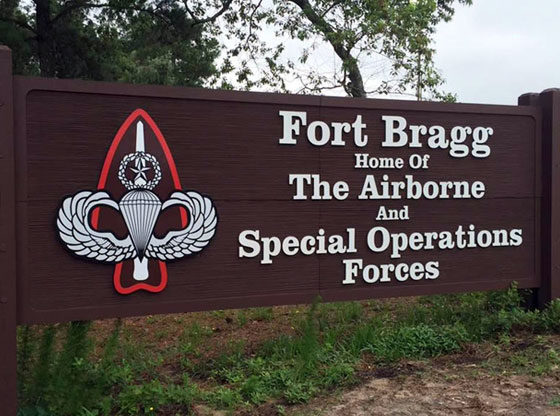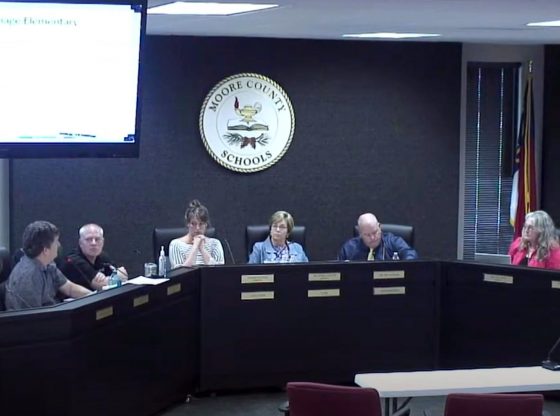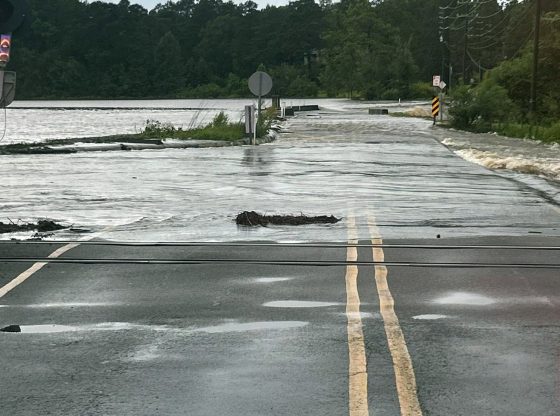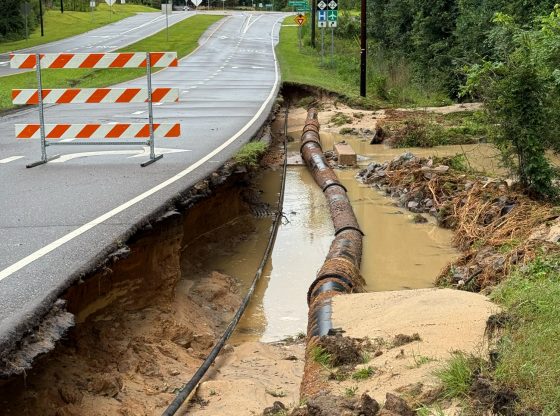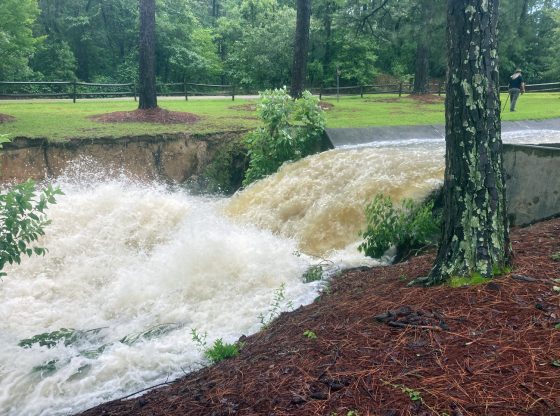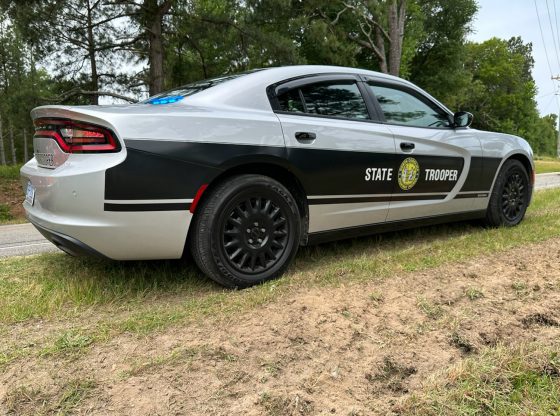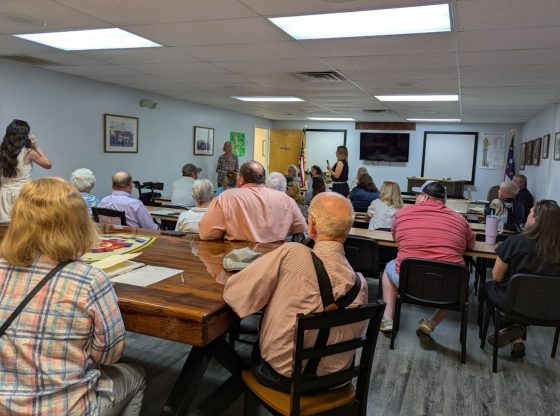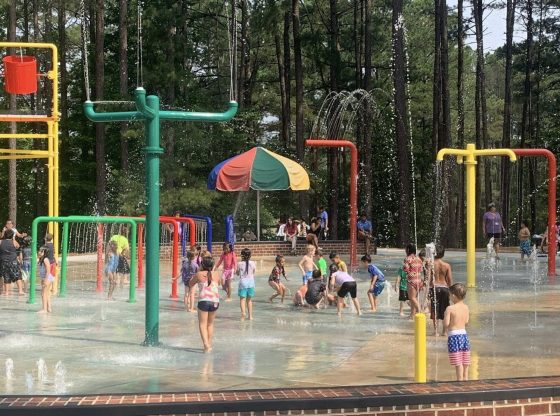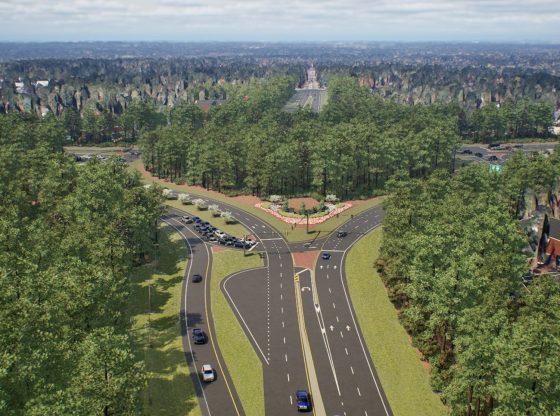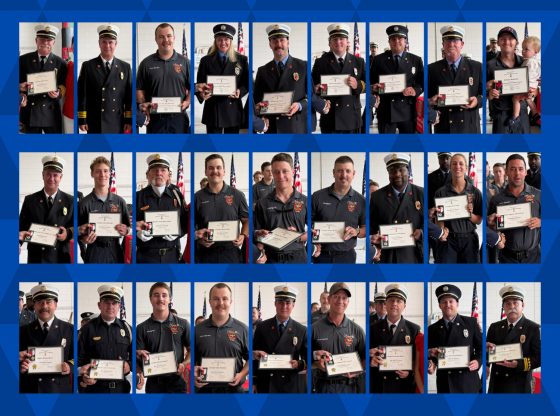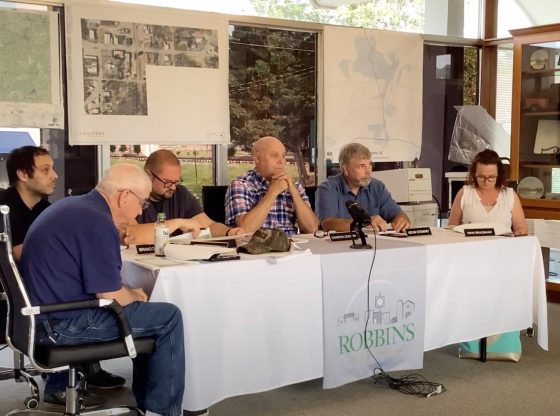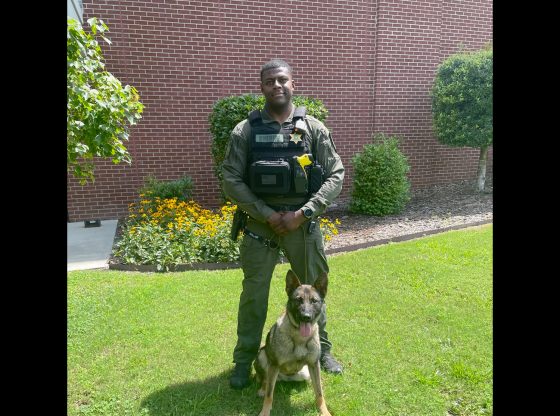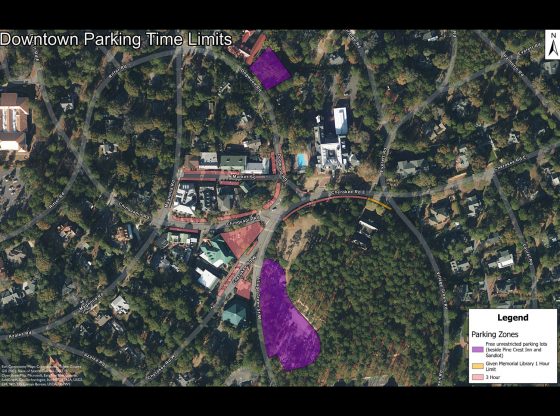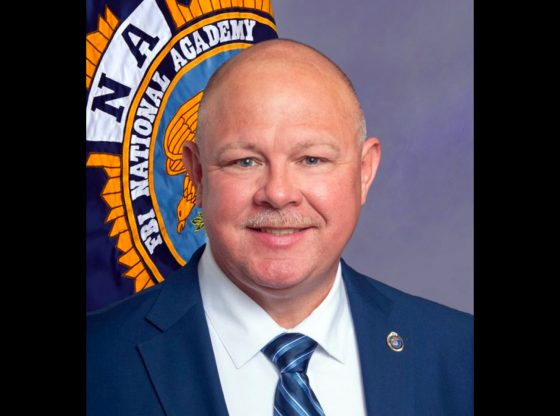An independent commission is recommending a new name for Fort Bragg and eight other Army posts. Fort Bragg could become Fort Liberty after the value of liberty. The Naming Commission is tasked to provide Congress new names for U.S. military bases and other Department of Defense assets originally named in commemoration of the Confederacy and its leaders.
The recommendations for the other Army installations are:
Fort Benning, Ga. – rename as Fort Moore after Lt. Gen. Hal and Julia Moore.
Fort Gordon, Ga. – rename as Fort Eisenhower after General of the Army Dwight Eisenhower.
Fort A.P. Hill, Va. – rename as Fort Walker after Dr. Mary Walker.
Fort Hood, Texas – rename as Fort Cavazos after Gen. Richard Cavazos.
Fort Lee, Va. – rename as Fort Gregg-Adams after Lt. Gen. Arthur Gregg and Lt. Col. Charity Adams.
Fort Pickett, Va. – rename as Fort Barfoot after Tech. Sgt. Van T. Barfoot.
Fort Polk, La. – rename as Fort Johnson after Sgt. William Henry Johnson.
Fort Rucker, Ala. – rename as Fort Novosel after Chief Warrant Officer 4 Michael J. Novosel, Sr.
The Naming Commission also reviewed Fort Belvoir, Virginia, originally named after U.S. Army Maj. Gen. Andrew A. Humphreys in 1917 and renamed in 1935 after the Colonial-era plantation that once stood on its grounds. The commissioners determined Belvoir does not meet the criteria provided in the 2021 National Defense Authorization Act for a renaming recommendation but will recommend the Department of Defense conduct its own naming review of the post.
The Commission visited the installations last year for listening sessions with military commanders and community leaders to gain feedback on their process, preferences for new names and an understanding of local sensitivities. Over the course of those initial sessions and a public comment period via its website that closed Dec. 1, 2021, the commission received more than 34,000
submissions related to naming activities, which included for consideration 3,670 unique names of individuals, locations, values and more.
Between January and April, the Naming Commission developed a short-list of potential new names for the nine installations before re-engaging the same community groups through virtual listening sessions to gather more input on their naming preferences. At the start of May, the commission met for extensive deliberations that resulted in the final name selections.
“This was an exhaustive process that entailed hundreds of hours of research, community engagement and internal deliberations,” said retired Navy Adm. Michelle Howard, the chair of the Naming Commission. “This recommendation list includes American heroes whose stories deserve to be told and remembered; people who fought and sacrificed greatly on behalf of our nation.”
Howard said she doesn’t consider the list of recommendations to be an exclusively Commission- generated product, since “every single one of the names selected either originated from, or resonated with, the communities we engaged at the bases; and certainly were all suggested by members of the American public at large. So this list is as much, if not more, theirs as it is ours. And we are proud to present a slate of names that reflect the courage, values, sacrifices and demographics of our military men and women.”
Per the William M. (Mac) Thornberry National Defense Authorization Act for Fiscal Year 2021, which mandated its formation, the commission – comprised of eight volunteers selected by the Secretary of Defense and Congress – must submit its final report to Congress by Oct. 1 with recommendations to remove, rename or modify “names, symbols, displays, monuments and paraphernalia” within the Department of Defense that commemorate the Confederacy. In addition, the commission is reviewing any “base, installation, street, building, facility, aircraft, ship, plane,
weapon, equipment or any other property owned or controlled by the Department of Defense.”
Congress will make the final naming decision by 2023.
Contributed.


